Lanchester Wines is now able to supply award-winning wines at all steps up the pricing ladder as it widens its own portfolio of wines and ability to work exclusively with on-trade operators to develop wines of their own.
An industrial estate on the outskirts of Durham is not the first location you might think of when researching an article on how new wines are finding their ways on to restaurant, bar and pub wine lists.
But in Lanchester Wines you have the very model of a modern wine business. A company that is as comfortable sourcing and helping blend a supermarket wine to be sold at less than £6 a bottle, through to developing one of its own brands to seamlessly slip on to a premium restaurant wine list.
Up to know it has been more famous for the first part of its business strategy, but it is the second part that encouraged me to jump on a Virgin train and go and check out Lanchester Wines for myself.
The first thing that strikes you about Lanchester Wines is its scale. Or more to the point the size of its parent business, the LanchesterGroup. This turns over £75m, employs over 350 people and runs a series of separate businesses, including what it claims is Europe’s biggest state-of-the-art wine bottling facility, Greencroft Bottling, as well as its own class A bonded warehouse, successful gifting, property and even an energy business.
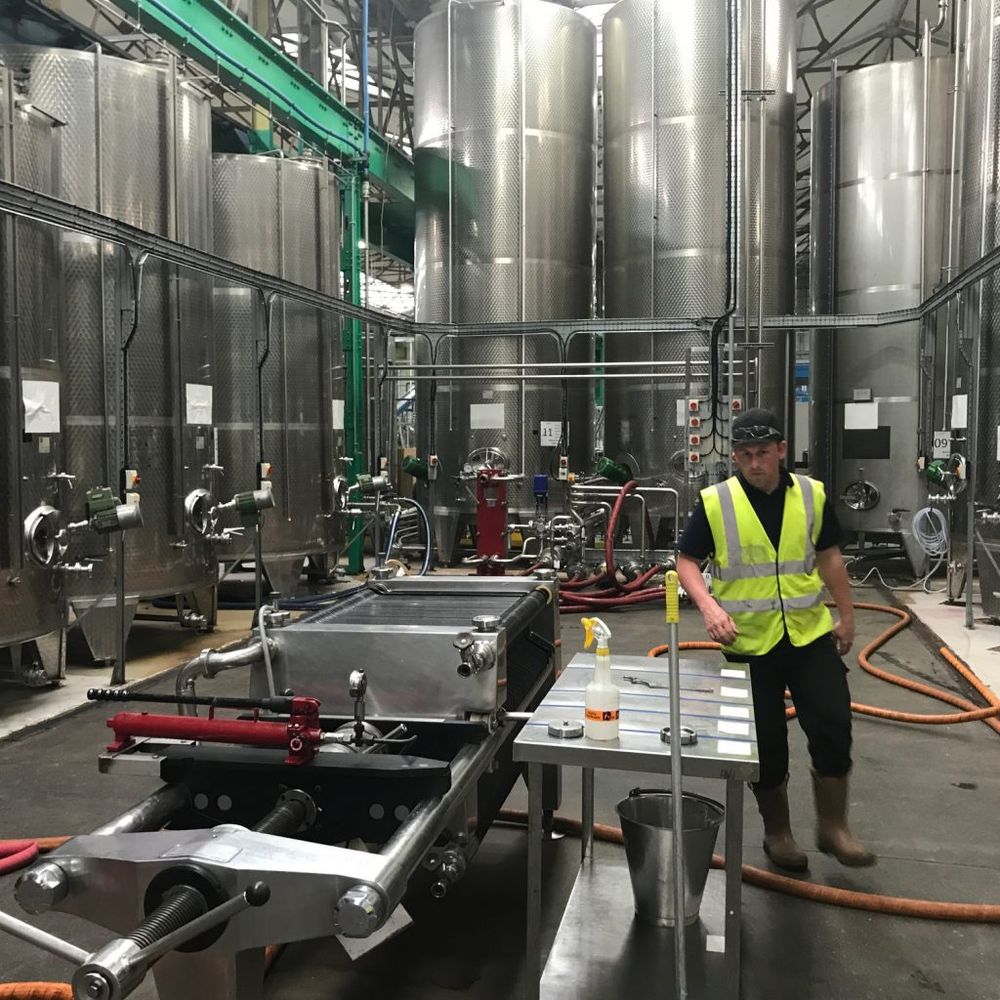
Greencroft Bottling’s state-of-the art BRC AA+ rated facility
All run from a completely sustainable, purpose built, 1m square foot mini business park just outside Durham.
Now all of that is only impressive or important if it helps Lanchester Wines do its job of sourcing, importing and developing wines for what is now all channels of the UK drinks trade.
But that is the part of the company from which all the other parts have sprung. For the Lanchester Group first started life in 1980 in the front room of founder, and still owner, Tony Cleary, when he first started up his own mini wine importer and distribution business.
No nonsense business
The fact that Cleary and his family still own the business, and are as heavily involved in the day-to-day running of it, speaks volumes for how it is run. Despite its size, this is also still very much a local business where three-quarters of its staff could walk to work if they wanted.
Even in the deep bleak winter where other businesses are shut due to snow, Cleary has been known to drive round in his 4×4 to pick staff up to keep the whole operation going. It has even invested in its own snow plough.
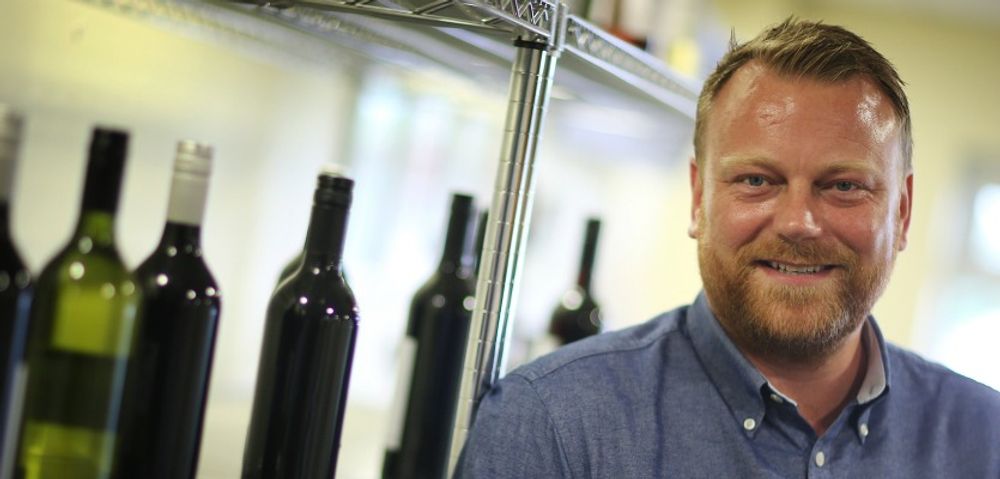
Mark Roberts: The Cleary family is still Lanchester’s biggest asset
Mark Roberts, Lanchester Wines, head of sales, says the family’s complete involvement is vitally important for the overall image and reputation of the business. “The biggest asset the Lanchester Group has is that it is 100% family owned by Tony Cleary and his family and every decision we make is based on their family ethos,” he explains.
This is a no nonsense operation. Decisions are made there and then for the good of the overall company. No months of deliberation and meetings to drive other meetings. Tony Cleary lives up to his name. He wants to run a clear, simple business, focused 100% on doing the right thing.
Which for a start means running as close to 100% sustainable, carbon-free business as it can. The first thing you notice on driving up to Lanchester Wines are three enormous wine turbines that not only provide all the energy from the wider group, but is now being supplied back in to the National Grid to create an extra revenue source.
But when it comes to wine it is all about having the scale to be as flexible as possible for its customers, says Barney Davis, head of commercial operations for Lanchester Wines.
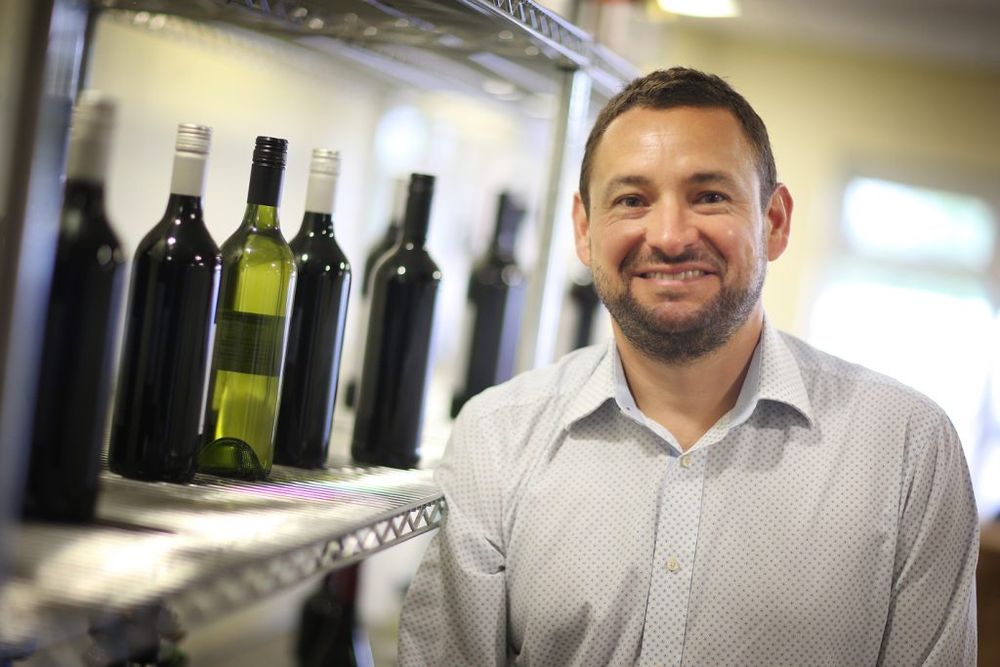
Barney Davis says the on-going challenge is to change people’s perceptions about Lanchester Wines and the quality of wine it can offer
How it works
Lanchester Wines effectively works in three ways: it creates its own brand portfolio, be it developing brands from scratch or acting as an agency for wine producers around the world; it then helps develop exclusive and own label brands for customers in both the off and increasingly on-trade sectors; and finally it also does contract work for third parties.
Roberts says it needs to be as flexible as possible for tis customers. “We are seeing more demand from all the sub channels of the on-trade that are looking for both quality and consistency in their wines. It is all about bringing the most relevant wine to market.”
As wine margins have been squeezed even further by the drop in the rate of sterling, following the EU referendum last June, Lanchester Wines has ramped up even more its own wine brand development business.
Wines it is able to source itself, and develop into brands that it can directly sell to customers in all channels of the industry. Increasingly so in the on-trade, says buying manager, Lesley Cook.
Brands with labels that are also taking a lot of their design cues from craft beer and looking to raise the profile of what it can do, she adds.
Award-winning wines

Tony and Veronica Cleary, far right, celebrate taking a strategic stake in Wine Fusion with its MD Christopher Smith, third right, and director, Andrew Porton, along with Lanchester’s Barney Davis, far left, and Mark Roberts, third left.
It has quietly built up an impressive range of wines that are now turning heads on judging panels of the major international awards. The quality and credibility of its range has also been helped by the fact it now has a 60% stake in the Wine Fusion business. “That has been a really good business move for us,” says Davis. “It has given us better access to more premium accounts.
These wines not only allow Lanchester Wines to work directly with more on-trade customers, it also gives them complete control of the supply chain, and the ability to manage costs and push up margins.
It means, says Davis, it has to be far more astute as to where and when it is buying wine from. Whether it is currency rates, or bad weather hitting the size of wine harvests around the world, or a combination of them both, Lanchester Wines is constantly looking at where it is sourcing wine and grapes from.
For example, over the last year or so it has had to switch supply of Malbec away from Argentina to Chile or Pinot Grigio from Australia to Moldova. It did that for its Luccello brand it sells in to the regional on-trade and has not had any bad response from the trade or consumers. “You are still getting a lot of wine for your money,” says Davis. “It is always about the quality first.”
But it does not get involved in spot buying, stresses Cook. “We are looking to build long term relationships and partnerships. We honour our contracts completely, which, in turn, allows us to source wine with confidence.”
Such moves are now much easier to make, adds Davis, thanks to the emergence of what he calls the “super varietal”. It is not the fact that Pinot Grigio comes from Italy or Malbec from Argentina that is important any more to some customers. “Customers largely know the wine varietal they like and they’ll expect it to be available,” he says. They simply want outstanding wine in a grape varietythey’re familiar with.”
Dealing in bulk
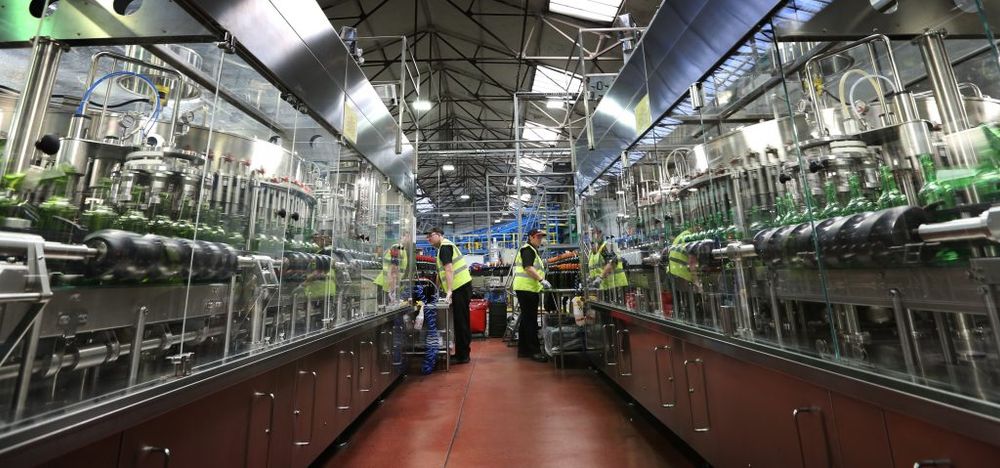
Lanchester Wines is able to make use of the state-of-the-art Greencroft bottling facility at Lanchester Group just like any other third party customer
It means Lanchester Wines has to be one of the most astute and reactive buyers and shippers of bulk wine. “It’s why we place such a high value on long term relationships with our bulk wine partners,” explains Davis. Being able to lock in guarantees of supply at certain price points means it can then work with its on-trade customers to ensure wine list prices are kept to the minimum.
If anything the 15% plus devaluation of sterling since the EU referendum vote has helped persuade more larger on-trade players and groups to look more closely at bulk and bottled in market wines.
Roberts believes that side of the industry can only grow bigger. “Shipping wine in bulk is simpler, it’s more efficient, it’s better for the planet and there are no longer any quality issues to worry about,” he says. “The science of it now makes sense and it is helping us to make fresher wines.”
The fact it can then offer a sustainable, green production facility to handle and bottle the wines is particularly important in attracting major retailers, groups and on-trade operators to work with Lanchester Wines, says Roberts.

Lanchester’s premium Vintrigue range is sourced from what it calls “boutique bulk” wine producers
Lanchester Wines has looked to take bulk wine up to the next level, by sourcing smaller volumes of wine from, say, family producers that don’t normally work in the bulk wine sector, but have quality wine they want to sell. This has developed in to its “boutique bulk” Vintrigue business that can offer customers exclusive wines from producers, explains Cook.
All of which means Lanchester Wines is now managing a portfolio of around 3,000 wines which it manages across all channels.
Raising its profile
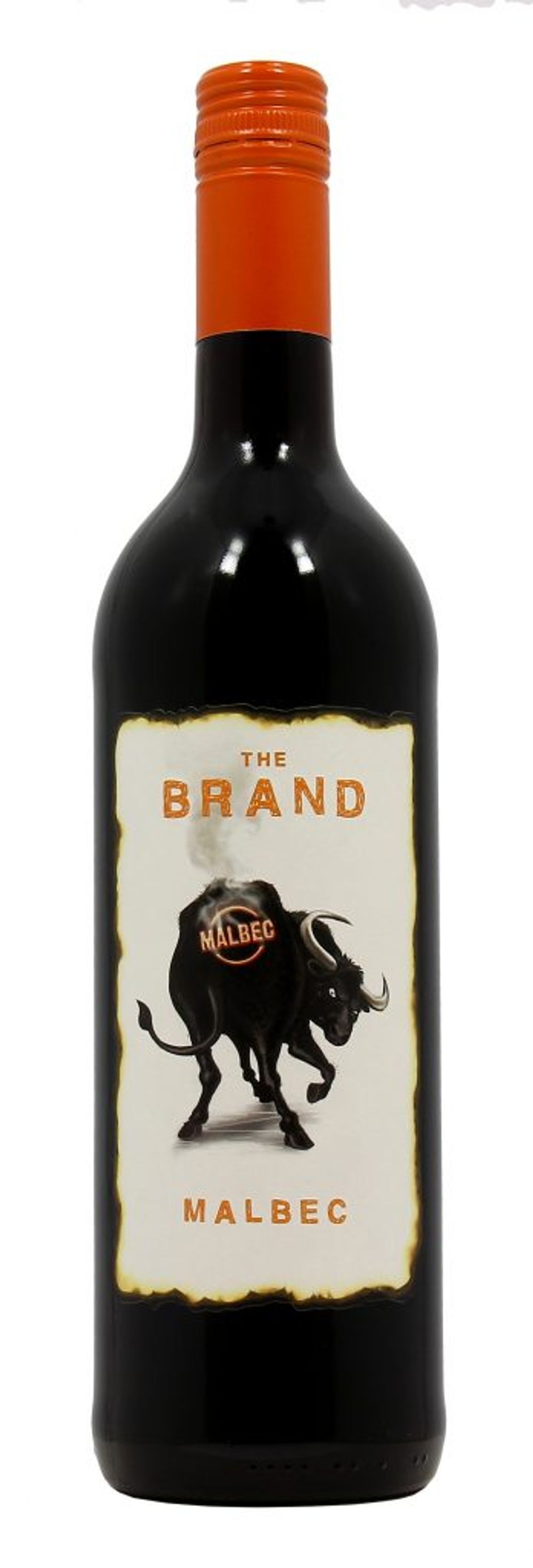
One of Lanchester’s new own ranges
But Roberts, Davis and Cook all recognise it still has a job to do to make the wider on-trade aware of what it can do for them. “It is changing,” says Davis. “Before some people saw us primarily a bottling business, but we are now recognised for having good brands, and agencies of our own.”
It is why it is ramping up both its own brand and agency business by taking on wines such as Bodegas Abadia Milagro from Rioja, one of the top 10 biggest in Spain. As well as working with such an innovative brand developer as the McPherson Wine Company in Australia, with brands such as Moonstruck and Sunburnt.
“We are really committed to working with them,” says Cook having ramped up imports from two to three containers a year to 12 to 14.
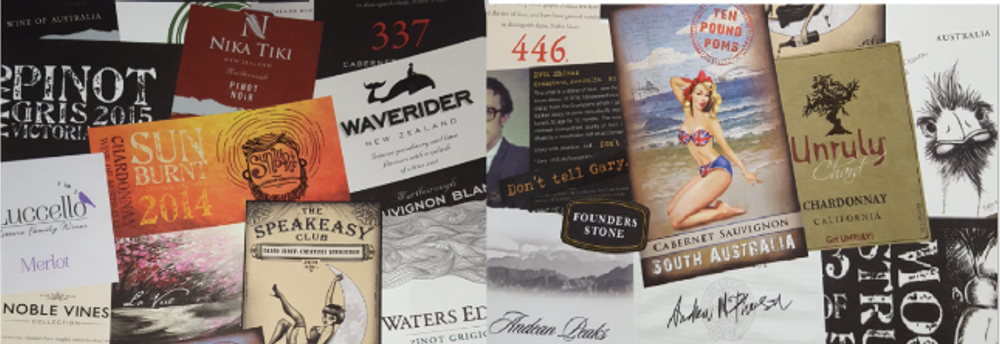
Some of the new labels now available with Lanchester Wines
Good examples of new wines being developed by Lanchester include Scented Thorn, Ten Pound Poms, The Brand, Speakeasy Club, Silver Creek, Quartetto Estate, Pink Fox, Founders Stone and Waters Edge.
Ultimately, says Davis, it means getting more boots on the ground and it is looking to employ more people to work more closely with regional on-trade wholesalers. “We have more confidence in our range. All parts of the business have moved forward together and so we are now getting more credibility for what we can do,” he adds.
“We want to work with more partners in the right markets and we have the right people in position to do that here now,” says Roberts.
Bottling lines
Having the Greencroft bottling facility literally next door certainly helps to manage its sourcing and bottling requirements. An added value it can offer on-trade customers, for example, in having their own exclusive wines and being able to run smaller runs to suit their needs.
But the two companies are run completely separately, stresses Davis. Painstakingly so as Greencroft will also be handling bottling runs for some of its competition.
It basically works on the premise that it is Lanchester, not Greencroft, that is buying wine to be bottled, whilst it has no involvement in the actual bottling process that is managed by Greencroft.
It, therefore, operates a complete lockdown of information between the two sides of the business, which considering how many times they mention it must be pretty impenetrable.
Total flexibility
What the facility does do is allow Lanchester to offer its customers a whole range of bottling options and formats. It can do the full spectrum from 75cl glass and PET, 187ml single serve glass and PET, one litre Tetra Pak and Bag in Box. All of which are recyclable.
It means it can do smaller runs, like a recent 24,000 litre bottling of South African Cinsult. “It allows us to bring in some really interesting things,” says Davis. “Different parcels of wine will come up and we can move quickly to get them,” he adds.
But when it comes to placing an order it has to get in line just like anyone else, adds Roberts.
Greencroft now runs seven bottling lines, two Bag in Box and one Tetra Pak line, capable of bottling 90,000 bottles and boxes an hour. Any wine that arrives at the site is normally bottled within 48 hours. To do so means running three consecutive shifts through the week from 10pm on Sunday night through to 10pm on Friday night.
It means Lanchester Wines is able to handle around 2,600 pallets a day and can deliver wines seven days a week, via its 920,000 ft2 Class A bonded warehouse.
Watching the whole process in action, with three tanks of wine at any time all waiting to go in to the bottling line, which is being constantly supplied with glass from the other side of the warehouse, is quite a mesmerising experience.
Family business
Which ultimately is what Lanchester Wines is still all about. Yes, it is about having the right wine to send to the right customers at the right time. But it is also about building long term relationships and partnerships with producers at one end and customers at the other. It might have become bigger and bolder with age, but it is the same core family values that Tony Cleary started out with in 1980 that is really driving the business forward today.









































